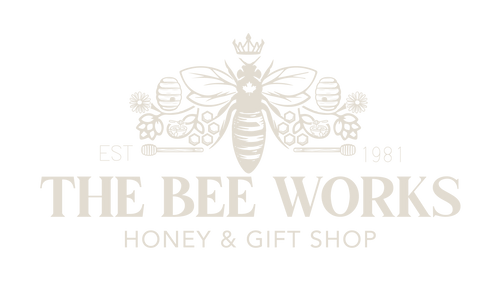
Exploring Beekeeping History: The Story of Skeps
In the intricate world of beekeeping, there are many fascinating tales to uncover. One such story revolves around the humble skep – a traditional housing structure for honey bees. Join us as we delve into the history of skeps and their role in beekeeping.
Before modern beehives took center stage, honey bees were housed in skeps. These dome-shaped baskets, typically crafted from straw or grass, provided a cozy home for bees to thrive. The design of skeps allowed for natural ventilation and insulation, creating a conducive environment for bee colonies.
While skeps served as the backbone of beekeeping for centuries, they eventually fell out of favour due to practical limitations. Harvesting honey from skeps posed a considerable challenge, often involving the destruction of the entire structure. This inefficiency led to the development of more accessible hive designs, such as the Langstroth hive, which revolutionized beekeeping practices.
Despite their gradual decline in usage, skeps hold a special place in beekeeping history. They serve as a symbol of traditional beekeeping methods and the enduring relationship between humans and honey bees.
As we reflect on the legacy of skeps, we gain insight into the evolution of beekeeping practices over time. While modern innovations have transformed the way we care for honey bees, the legacy of skeps reminds us of the rich history woven into every aspect of beekeeping. Join us on this journey of discovery as we continue to honnor and preserve the heritage of beekeeping.
